I like to think of a Violin Practice Journal as less of a physical thing, and more as an approach to keeping a record of your practice.
However you choose to keep your journal - notebook, app, word document... or my favourite, old scraps of paper stored in a cardboard box! ...
... what's important is that you have some sort of records of your practice. What you did, in other words.
And, more importantly, why.
A practice journal is all about documenting what you've done in the past. But why would you want to do that?
Journalling shows you - in full, inescapable detail - exactly how you've spent your time.
Now, as they say... past performance doesn't necessarily indicate future performance.
But what it does do for you, the violinist, the journaler, is to show you clearly what you did, and why.
Once you know that, and have time to reflect on it, then you can plan ahead to what you're going to do in your next practice session... ... and why!
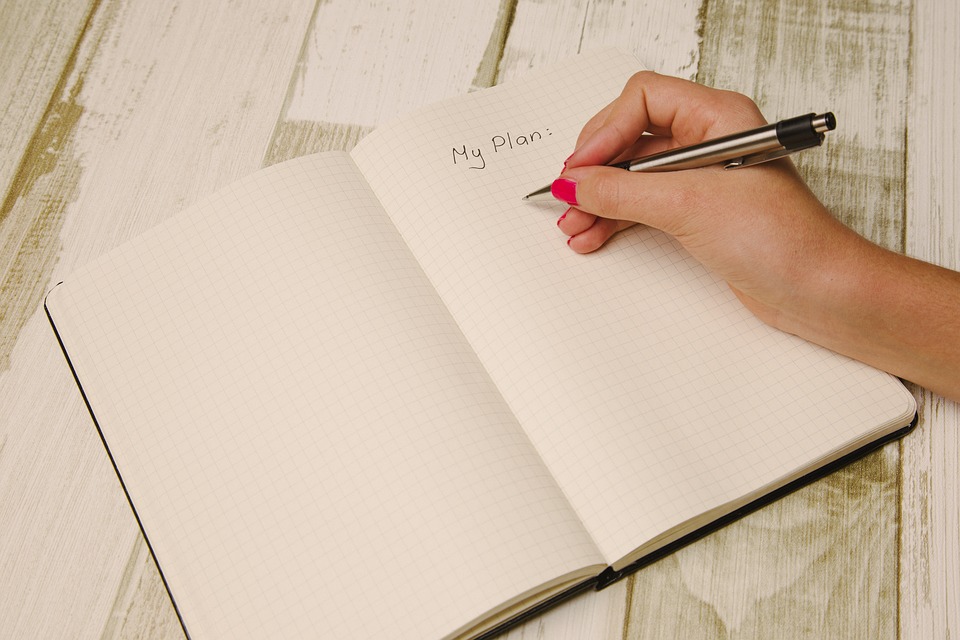
Keeping a practice journal can have a number of benefits.
Some are very practical, some are more emotional and motivational. But all of them lead you towards better, more efficient practice.
Here's an overview of some of the things you can expect to see when you begin to keep a practice journal...
Time is one of THE most precious - and finite - resources that we, as human beings, have.
As musicians, we need more time than most to hone our craft, and put in the practice hours that will make our playing as good as we want it to be.
So we must make sure we're using every second wisely!
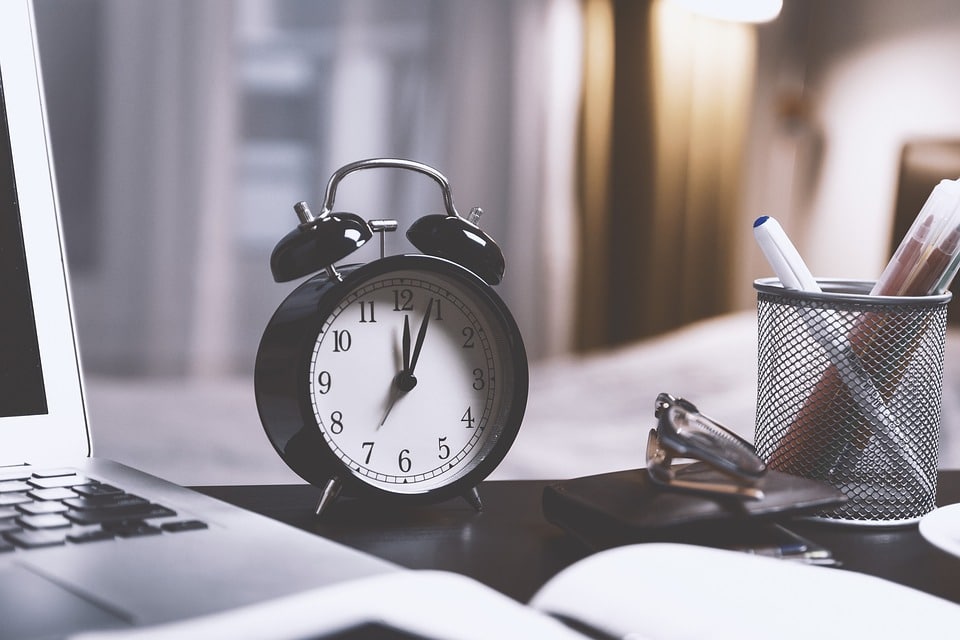
If your schedule leaves you with limited time for violin practice, you can keep your momentum going by restricting the number of minutes you spend on each task.
This way you'll get through more tasks, and cover more ground in your practice. Your development will be more balanced, because you're making progress in all areas, rather than just one or two.
Over time, as you review your journal, you'll start to notice improvements across the whole of your playing. This will create a virtuous circle, as you'll be motivated to practise even more!
"What did I ACTUALLY do?"
If you want to be sure about how you're using your time, journaling is an excellent tool. From your notes, you can see exactly where your time has gone!
If you've used your practice time effectively, you'll see it right there on the page! And if you haven't, you'll see it there too!
Of course we all have days where practice just isn't flowing. That's fine. Note it down in the practice journal, go and have a biscuit, sit by a river and mediate, try again tomorrow.
But at least we know how we've spent our time, and we know that we were clear and deliberate about our decisions.
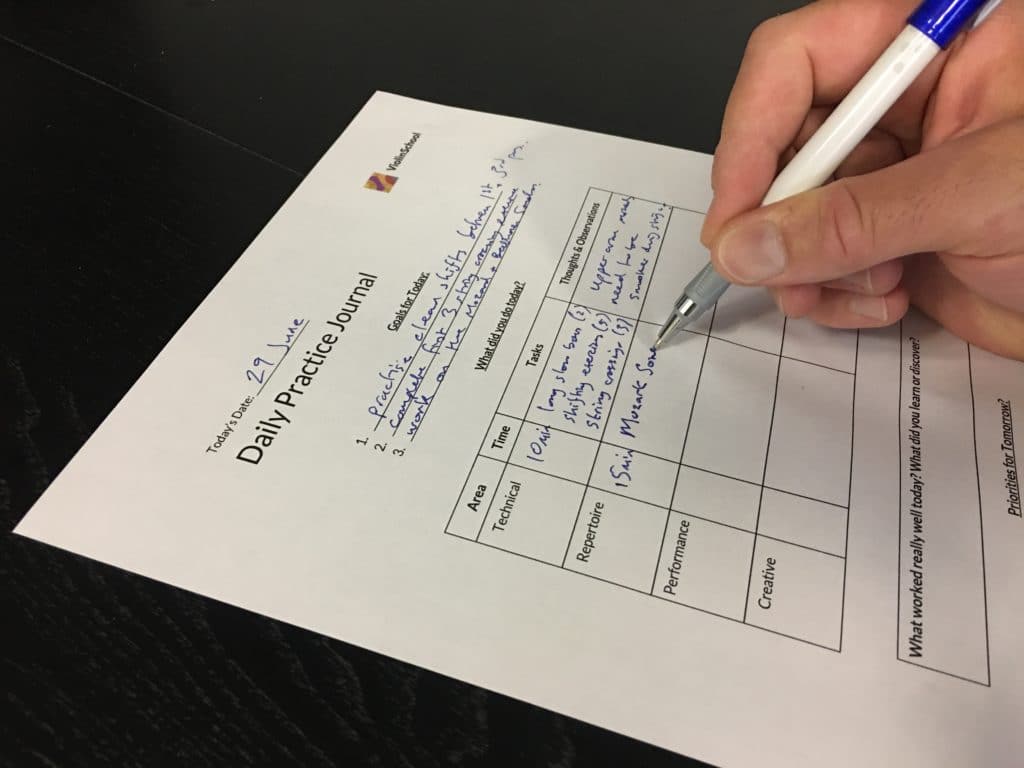
Keeping a journal each time you practise doesn't need to take long - a minute or two is more than enough. But the simple act of journalling every time you practise can work wonders for building your regular habits.
A written record of your daily practice creates an extra incentive to keep taking daily action. Comedian Jerry Seinfeld famously suggested to record an unbroken chain of daily work on a big wall calendar. It can be extremely satisfying to see every day's practice checked off on the calendar!
The opposite is also true; once you get into the habit of keeping a daily record of your practice, it will feel wrong to 'break the chain' by missing a day. You'll be excited and motivated by your progress, and you'll want to keep it going for as long as possible.
These little daily habits are the foundation of achieving your long term goals. You won't necessarily see progress every single day, but the cumulative effect of daily practice over a long period can be extraordinary.
Use your journal to keep yourself accountable on a daily basis, and get yourself into a really good 'daily habit' of violin practice!
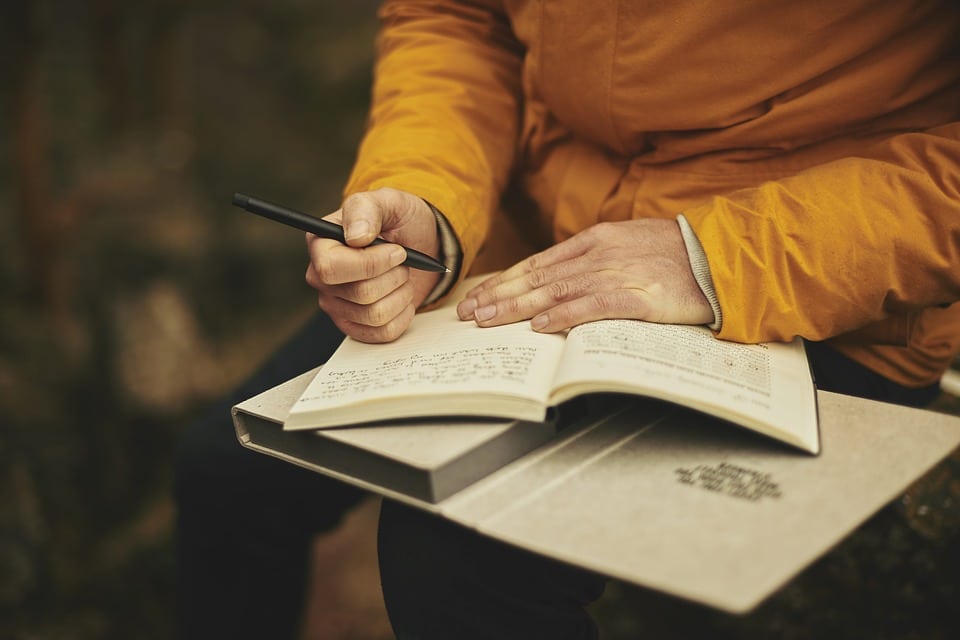
After a detailed piece of practice on something, our subconscious mind gets to work on it - especially whilst we're sleeping.
That's why sometimes you can wake up in the morning, and suddenly have a magical clarity about an issue you were struggling with the previous day. Or, you get to the practice room and find that you can do something that you couldn't do the day before!
However, if you haven't taken clear notes and already set out your priorities for the next day, you might forget the work you did yesterday... you might not even remember to try out the tricky passage you were working on!
But if you DO keep notes, then you can go straight back to yesterday's challenges, and apply whatever amazing solutions your brain has come up with during the night!

There's an old saying, "what gets measured gets done". It's worth tracking how much time you spend on each task, so that you know you've covered everything adequately.
When you can see exactly which practice tasks helped you to make tangible, measurable improvements, it gives you a much clearer idea about what's working and what isn't.
This makes it easier to decide what to spend your time on next!
When you look at your recent journal entries before planning the next day's tasks, your record of what you did (and for how long), will give you a sense of what you need to do to achieve the next short term goals.
Make a note of what worked, and how long you had to practise it before seeing results. From there, you can start to predict efficient ways of overcoming the next challenges on your list, and building them into your practice plan!
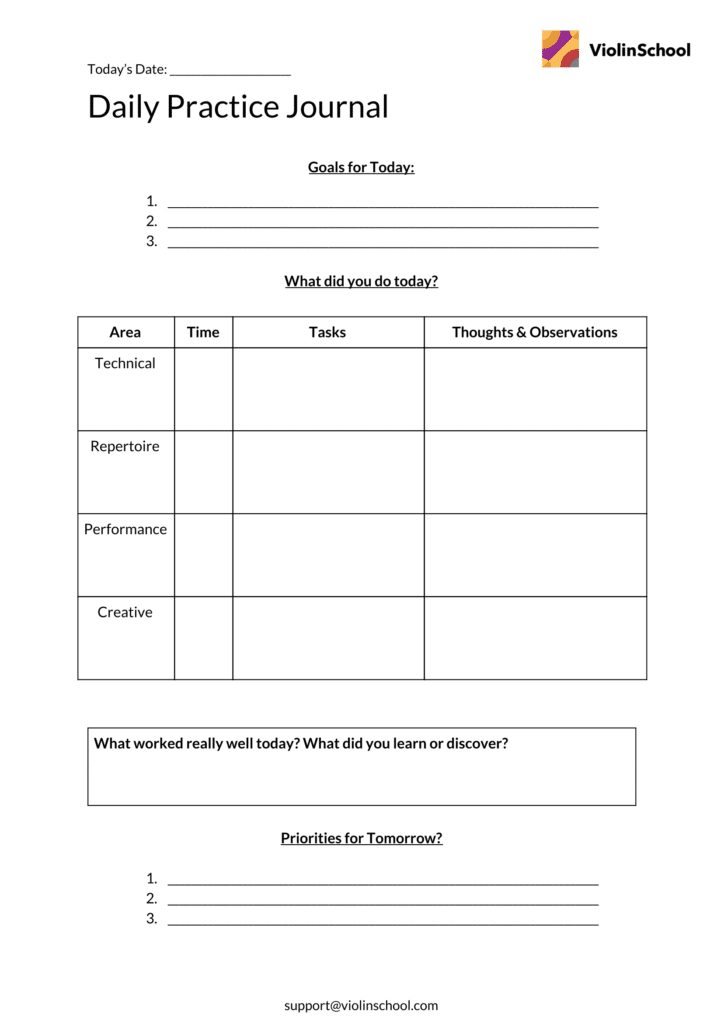
ViolinSchool members can download the Practice Journal templates in the ViolinSchool Library
Too many people practise in an 'ad hoc' way, without a clear sense of what they're trying to achieve.
It helps if you have a clear goal or objective that you're working towards, such as a concert or exam, but what if you don't?
This is where having a clear framework or structure for your practice can give you immense clarity about how and why you are practising.
Even if you don't have a short term goal to work towards, you can still plan your practice time wisely.
At ViolinSchool, in the absence of any alternative plan, we like to break up practice time into four key areas:
TECHNICAL, MUSICAL (Repertoire), PERFORMANCE and CREATIVE.
Here's a useful 'practice menu' that explains a bit more about each of these key areas. We find this is a helpful framework of thinking about the different sections of your violin practice, so that you don't overlook anything when planning your daily practice!
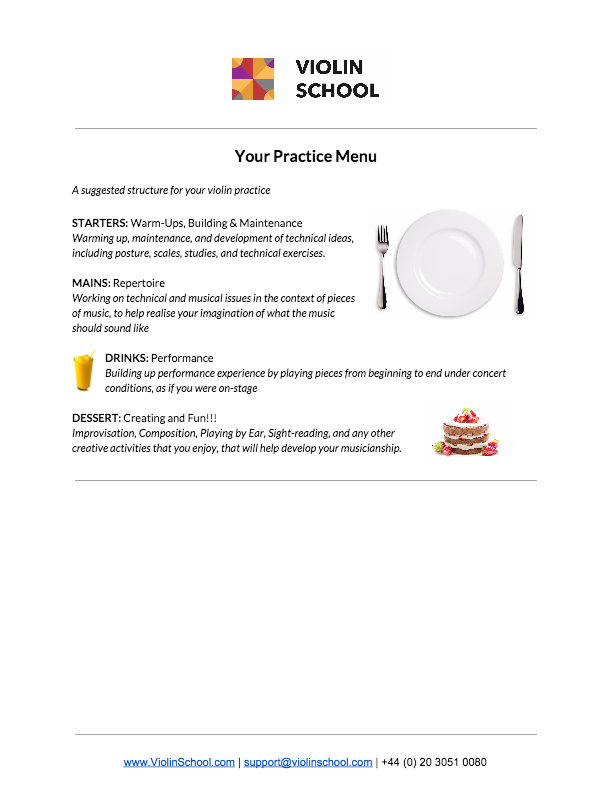
ViolinSchool members can download all of our Practice Tools in the ViolinSchool Library
Journalling can help you understand how balanced your practice is. For example, are you spending all your time just playing through pieces? Or spending so much time on technical work that you're not doing any creative, fun stuff?
Of course, people need a different balance to their practice at different stages of learning, so the structure of everyone's violin practice will be different.
But by keeping a note of which TYPES of practice task you do, and for how long, you can keep assessing whether or not your violin practice is balanced, and whether you're focused on the most important tasks... the ones that are most important for YOU, right NOW!
Another really valuable insight you'll gain from keeping a regular practice journal is that you'll start to notice patterns in your practice. This can be positive OR negative!
Ask yourself: What do you see popping up regularly in your journals? Are you always practising the same exercises? Are you seeing the same challenges coming up repeatedly? Do these patterns suggest a technical problem, or some other issue where you need to seek help from a teacher?
Of course, some repetition is good. If you're starting most of your practice sessions with long slow bows or other similar sound production exercises, that's probably a good thing.
And scale routines, for example, are useful for maintaining the fluency of your left hand technique, so it's good to see a regular pattern of scale practice in your journal.
However, if you find that you're often playing the same study or technical exercise over and over again for weeks at a time, then you might be at risk of your practice habits becoming stale (and boring!).
Unnecessary and repetitive tasks are a warning sign... once the creativity disappears from your violin practice, the fun will often disappear too, and practising can become a chore. Don't let that happen!!
Use your judgment - ask yourself if recurring patterns in your practice journal show good habits, or whether you need to mix things up a bit and look for new ideas.
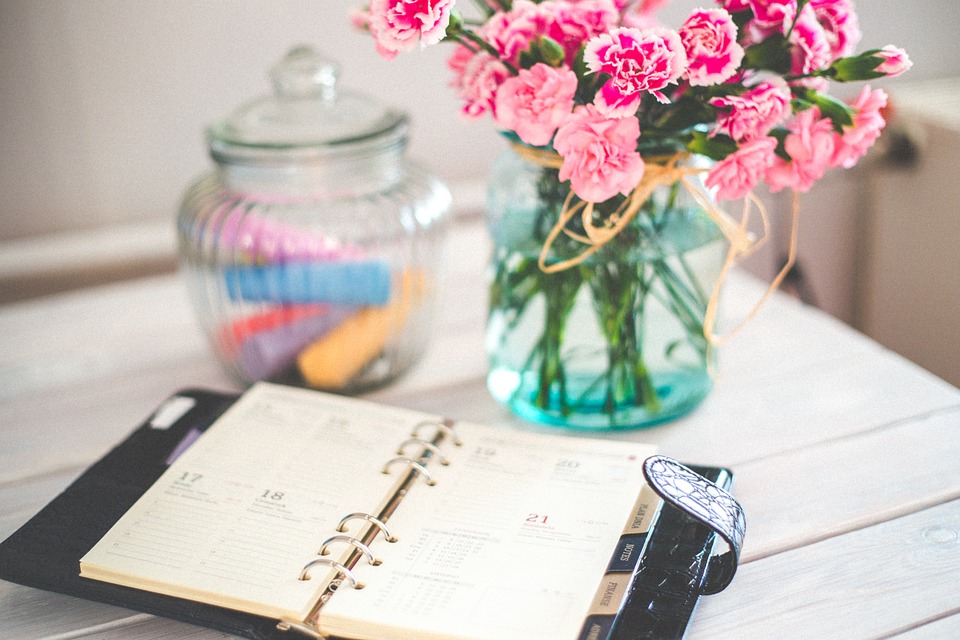
Learning the violin well takes a long time, so your goals and priorities are likely to change over the years.
What you're aiming for one month might be totally different a year or two later.
If your approach to violin practice doesn't evolve to support your changing goals and priorities, then you'll hit problems.
And your practice journal provides a great way to monitor - and prevent! - this.
By regularly reassessing your short term goals, you can assess whether you're moving in the right direction for achieving your long term goals.
That's why we encourage you to make a note of everything you've learnt or discovered in your practice journal, as well as using short term goals to clearly map out what you want to achieve in your practice... BEFORE you do it!

Don't get too lost in the detail though. If you're so focused on your short term practice that you never reflect on your long term plans, it's easy to lose focus and momentum.
Every few months, take some time to review your practice journal AWAY from the violin.
Take it to a quiet place where you're not going to be disturbed, and give yourself some time to read and think.
As you reflect on what you've done over the past months, you'll get a feeling for how you're progressing according to your 'big picture' plans.
Your learning and your new discoveries might even send you in a different direction! Perhaps you'll discover a new style of music that you love ... Or suddenly you'll become interested in a different type of ensemble music!
Embrace these changes, and update your approach to practice so that it's congruent with what you want to achieve long term.
Being able to 'zoom' in and out of your short, medium and long term activities is wonderfully helpful for giving you clarity and confidence in how you're spending your time.
Looking back through your journal allows you to see how your day to day practice has fitted into the big picture of what you want to achieve.
Reflect on what worked well and what didn't work well. Use your observations to model what you want to do - or not do - in your future violin practice!

Finally, never underestimate the power of motivation.
When you see, from your practice journal, that you're making tangible, clear progress, then you're far more likely to feel enthusiastic and motivated about the journey ahead!
The simple act of looking back through your practice journal and seeing what you've achieved, can be extremely empowering. A small breakthrough or new discovery can fuel your excitement, and keep you looking forward excitedly to your violin practice time!

Unless your home is patrolled by rambunctious pets or wild children, a great way to reduce the 'barrier' to practice is to leave your instrument out of its case, so that it's easily accessible ...
... You're far more likely to pick it up and start to play if you don't have to go through the hassle of getting it out of the case!
Do the same with your practice journal ... leave it near your instrument so that you always remember to fill it in. But also, leave it somewhere accessible during the day so that you can refer to it and reflect on your current work whenever you have a spare moment!
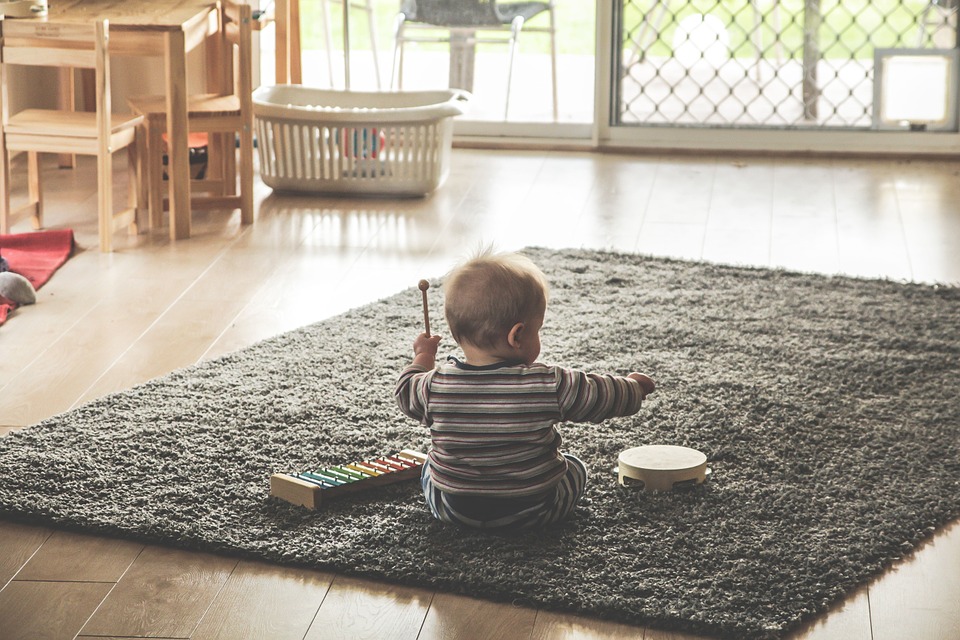
Once you've got into the habit of journaling regularly, you can then think about how to improve the process.
If you're able to keep a digital journal, then all sorts of opportunities open up for tagging, categorising, and sorting your notes. Software such as Evernote, Dropbox, or even just a folder of Word documents can be a great way to sort your ideas in an accessible, easily-navigable way.
For some people, this is way too much hassle. But for others, the convenience of a digital device - and the possibility for organising your notes in a creative way - can really help to make learning and practice more efficient.
Just... don't forget to back it up!

If daily journaling doesn't work for you, or you're not yet convinced that it's a necessary thing to do, that's fine... but you can still keep a basic record of what you've done!
Instead of a daily, time-based journal, some people like to keep a page of notes for each piece of music they work on.
You could keep all your notes for violin sonatas in one box, and for violin concertos in another ...
... or maybe you have a folder dedicated to studies and technical exercises...
... or even just use a scale tracker to track which scales you've practised, and how often!
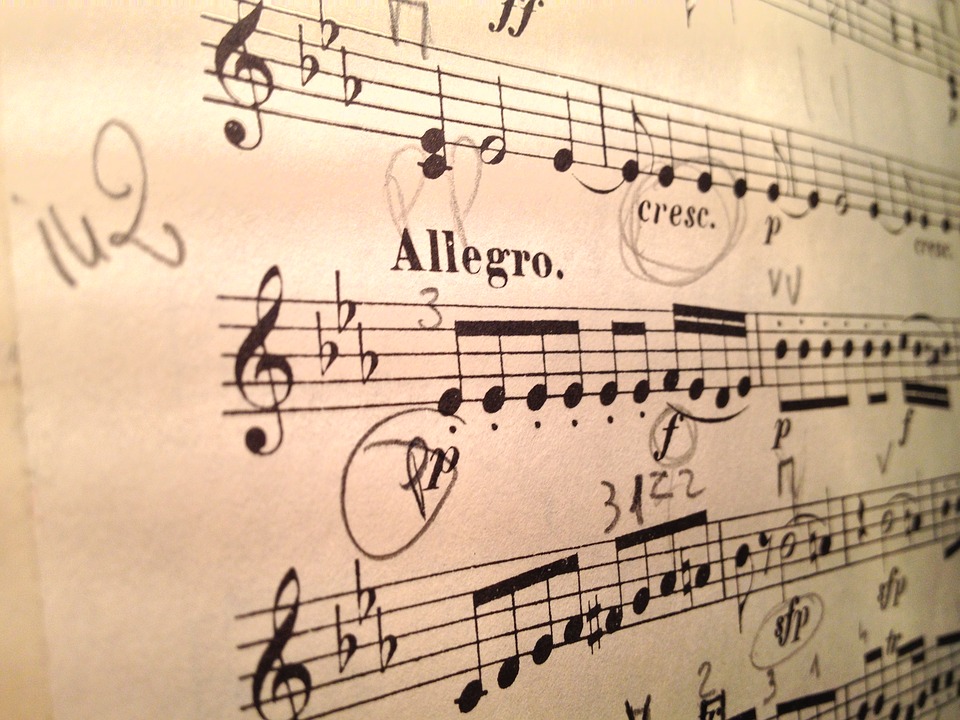
Journaling and note keeping can take MANY forms, and it's very important to remember that what works for one person won't necessarily work for another.
Personally, I don't like spending much time on detailed note-keeping about what I've done. I prefer scribbling a quick note to myself, committing it to memory, and dumping it in one of my many cardboard boxes!
Knowing it's there (and knowing roughly which box it's in) is all the peace of mind I need, and if I want to look back on what I've done, I'll just sift through the boxes and explore my past practice sessions.
But plenty of people would hate the way I keep my journal... I know many of our learners carefully type their notes, or keep records of each practice session in a beautiful hand-written notebook!
Ultimately, so long as you're keeping a good record, it doesn't really matter HOW you do it. Your journal just has to be right for you.
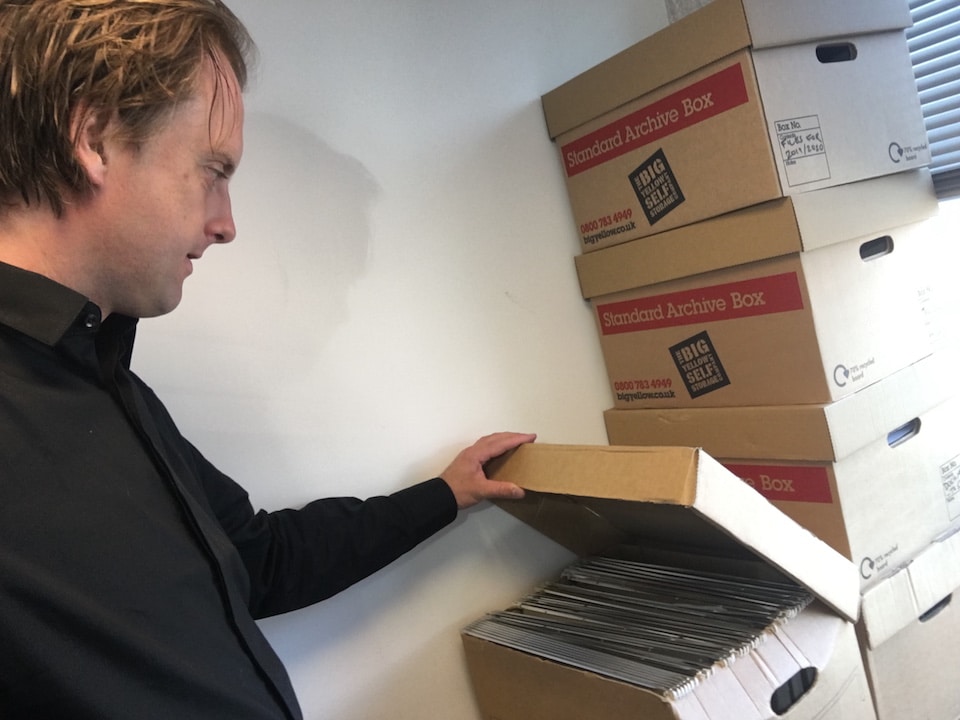
Anne Timberlake: Transform Your Practice: Keeping a Practice Journal
Rob Knopper - What My Practice Journal Looks Like
Real School of Music: How to Use a Practice Journal
"what gets measured gets done" - Unknown
Learning the violin is a life journey. Whatever attracted you to start, whether it was a particular performance, the uniquely beautiful sound of the violin, a desire to learn a new skill or the fact you had always wanted to play an instrument, there’s a lot of fun ahead. For more advanced students too, as you deepen your relationship with the instrument and the repertoire, there is always more to learn.
Progress takes diligence and patience, but there are certain things you can do that will keep you on the right track. These ten violin-playing tips can be followed at every level of playing and will have a really positive impact on your experience of the violin. Treat yourself to an immersive, holistic learning journey. If you’re stuck, if your practice feels stagnant, or progress has ground to a halt, use these ten tips as a checklist for progress.
There are many low-cost student violin kits on the market, and some of them are really horrible! They sound bad, look cheap, and even the most experienced professional would find them hard to play. Shop around for the best instrument you can afford. Nobody expects you to turn up to your first lesson, or even your 101st lesson, with a Stradivarius, but you will learn better if the violin works well.
There are plenty of good student sets too, and an experienced luthier will be able to improve a low-cost instrument by refining the set-up. Ask your teacher’s advice before buying a violin and talk to your violin shop about fitting a good violin bridge. If you don’t want to commit straight away, many dealerships offer rental options while you look around for the right violin to buy.

The cost of violin lessons can seem high, but one-to-one time with an experienced tutor is invaluable. Your teacher will assess where you are in the learning process and which skills you need to work on. A skilled musician will direct your learning and identify problems before you develop bad habits. One-to-one lessons offer a great opportunity for development. Modern technology gives the opportunity to have wonderful learning experiences wherever you are in the world. Many students now have violin lessons over Skype with their teacher in a different city or even continent.
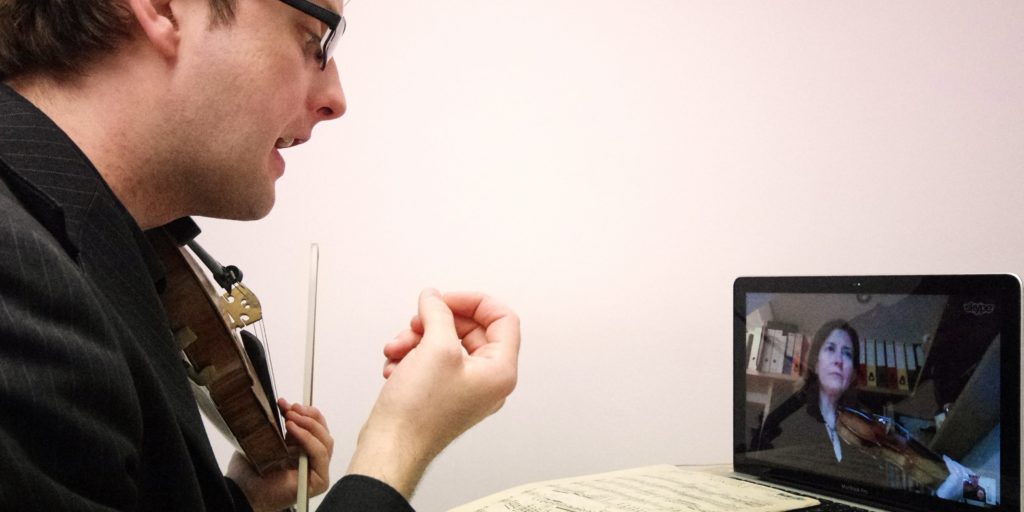
Nowadays, many learners take lessons via webcam using software such as Skype.
Daily practise WILL lead to progress. Yes, there’s the research that says it takes 10,000 hours to master a skill, but don’t feel you have to practise for hours every day to see improvement. Much more important is HOW you practise. Work undertaken with focused concentration pays off, but mindless repetition can actually set you back. Study in small time-blocks with lots of breaks, maintaining an awareness of your focus. Before repeating a task, identify where the problem is and what you are aiming to change.
It takes a lot of brainpower to play the violin, but ultimately you make the sound by moving your body. Do some simple warm-up stretches before practising and keep a spot check of your posture throughout the session. Notice any areas of tension, analyse what is causing them (I’m clenching my jaw because I am trying too hard; I’m raising my right shoulder because I’m worried I will drop the bow). If you can’t release the tension by yourself, ask your teacher’s advice. Many problems can be resolved by simply remembering to breathe and maintaining awareness.
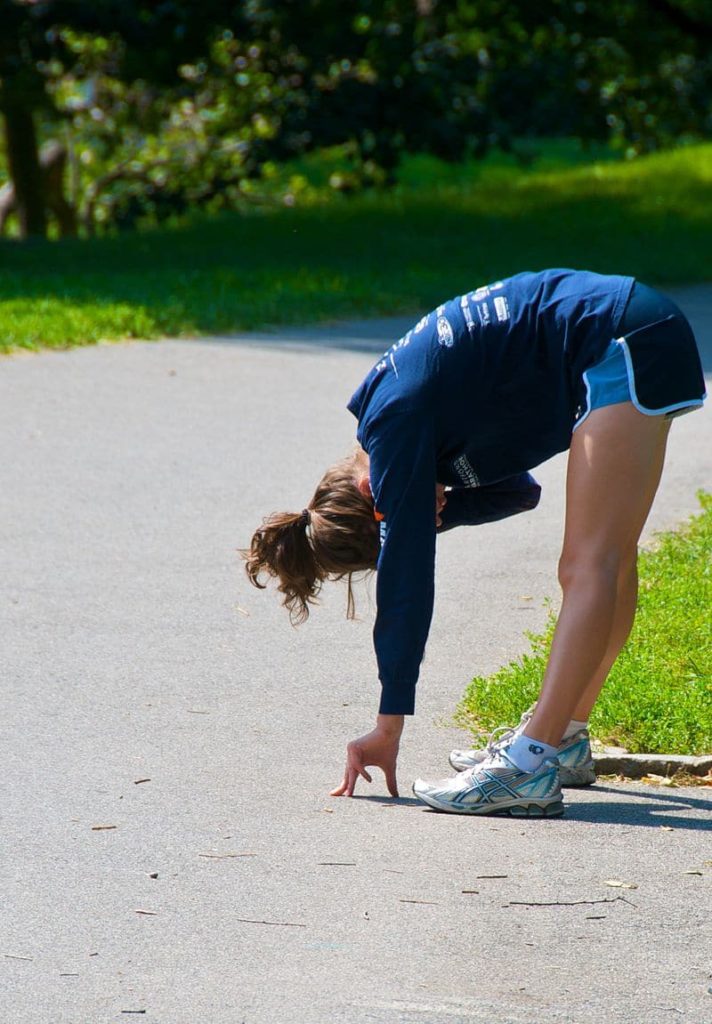
A flexible, well-balanced body posture is essential for good violin-playing.
When learning how to manage the violin physically, it is sometimes hard to concentrate on how you sound. And because the violin is placed so close to the left ear, it is not always easy to get a real sense of how the performance sounds to others. Record your practise as often as you can. Listen back, looking for positives as well as points you want to improve.
Whatever repertoire you are learning, it is really important to listen to the piece. By listening to other violinists, not only will you develop a well-rounded idea of your piece, you will develop your ear. Passive listening (listening away from your instrument) can improve pitch, tone and phrasing, while active listening (with the music in front of you and the violin or an air violin in your hand) can actually trigger physical improvements and musical insights. For example, miming your bowing along with a section of a recording can deepen your muscle memory of that bowing, and help identify problem areas. There are literally thousands of videos and recordings available on YouTube, featuring some of the greatest violinists who ever lived. Sometimes you can even get ideas for fingerings and bowings by watching your favourite soloist play!
Technical exercises and scales are the building blocks of violin music. Working on these simple patterns out of context of the repertoire gives an opportunity to improve intonation and tone production across the board. Scales also help teach an understanding of key. You’ll find loads of scales and technical exercises in our resource library.
All music, no matter how simple, comes with some historical and social context. Is your piece based on a dance or a song? Who was the composer, and when was it written. For more substantial pieces, it can be interesting to find out why the work was composed and what was going on in the composer’s life at the time. If someone had fallen in love or was suffering from depression, those feelings will be reflected in the music and might inform how you choose to express certain phrases.
A major reason we get nervous during performance is because it is an unfamiliar situation and therefore fraught with pressure. Practise performing, either by simulating performances where you play your piece without stopping to an armchair full of teddy bears or smart phone microphone, or set up performance opportunities with friends. Integrate the act of performing into your preparation and it will soon feel natural.
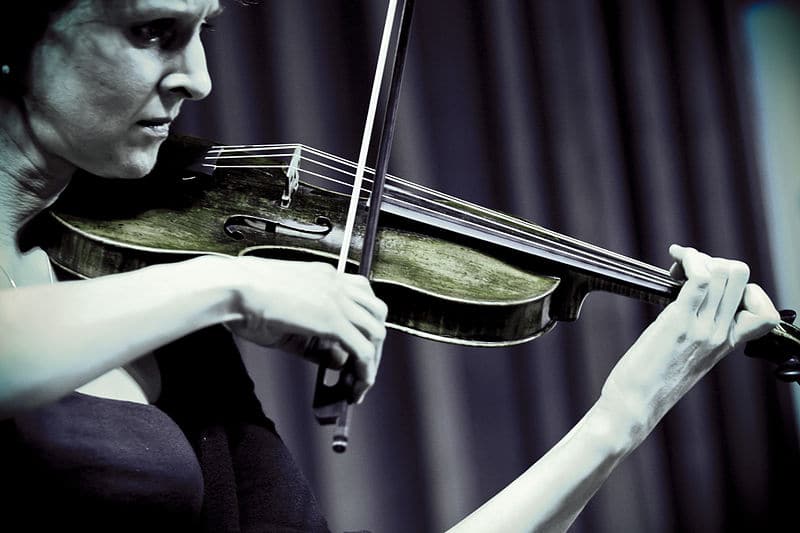
To give a good performance, you need to practise performing! Make performance practice part of your regular practice habits.
It is easy to panic and feel stressed if things are not going to plan. Whatever your age or playing level, a bad practise session can feel like a personal disaster. If your practise is really going badly, stop! Take a break, go for a short walk, try some breathing exercises or have a glass of water. Never pick up your violin expecting it to feel the same as it did yesterday, that would be like walking into a room and finding everyone in the exact same mood they were the day before.
Begin where you are today, with a sense of exploration. If something will not go right, break it down to open strings, practise some slow bows or go back to relaxed scales.
Here's a wonderful piece of violin history! American virtuoso Itzhak Perlman reminisces about his first meeting, as a student, with the legendary violinist Jascha Heifetz, at the Juilliard School in New York. Heifetz tried to catch Perlman out (though Perlman is too modest to say it like that!), by asking for a really difficult set of scales. Luckily, Perlman had done his practice...
Scales are really important for giving you clarify and confidence in your left hand, and we recommend to build a conscientious scale routine into your regular violin practice. If you're new to this practice technique, check out our article How to Practise Scales which will help you to get started!
Start with the core musical elements
The basic building blocks of music are rhythm, pitch, and sound. When a scale is played well, the pitch is even so all of the notes with the same name in different octaves are in tune with each other. The tone quality and rhythm are even, not disturbed by bow changes or shifts. Evenness does not mean that the scale is robotic. Each note has its own musical character.
Once you have practised your scale so pitch, sound and rhythm are all good, the next thing to go for is to make it feel easy. Simon Fischer suggests that a nice way to do this is that each time you do something well, you should then see if you can achieve the same result with half the effort, then half the effort again. He says that until you can play something well with little effort, there is still room for improvement.
Instead of practising your scales as complete figures, work on the elements of each scale. The scale can be broken down into different components or “problems” such as one octave scales, shifting exercises, exercises for the coordination of left and right hands, finger preparation and finger placement. Rather than repeating a scale mindlessly over and over, search for exercises within the scale to address the particular problems you are having.
Here are some ideas for developing your scale practice…
Developing the Right Hand
Apply rhythms, accents and bowing patterns to all of your scales and arpeggios. This will produce the greatest improvement in the shortest time. Ivan Galamian, the famous violin teacher believed that by learning how to play different rhythm patterns you discover and repair all the weak areas where you don’t really know what to do with the bow and fingers, or where your fingers move too slowly.
Practice with different dynamics. This trains the bow for greater control. Combine crescendos and diminuendos within the space of each octave or between the bottom and top of the scale.
Tone
Play long smooth notes on an open string, for example, the A-string. Listen for the smoothness of tone. Now place your fingers on another string, such as the G-string, in a scale sequence whilst still playing the A. Try to keep the tone of the A as even and smooth as before. Build up the left hand activity to include a shift to third position and back down.
Ideas for the Left Hand
Start at the top of the scale instead of the bottom.
Practice scales within the limits of one position. This exercise is the first in the Schradieck book of scale studies and will teach you the hand positions in every part of the fingerboard.
Intonation
The major scale contains five whole steps and two half steps like this: T T S T T T S. If you think of this pattern as two groups of four notes that are joined by a tone, you can see the symmetry of the shape.
A scale should be built so that each note is heard relative to its position in the key. Each note of the scale has a unique hierarchical function and understanding this is important for building good intonation. The great cellist, Pablo Casals, and the famous violin teacher Dorothy DeLay both independently used this idea to devise a system for structuring the scale to hear the tuning within it.
Building the scale using this sequence is musically satisfying. Remember to try it in all the major and minor keys you are learning. It is easy to forget to work on all the different keys. In fact, when Carl Flesch first published his system of scales, it was only written out in C major, the idea being that his students would use the exercises in every key. Flesch realised that in reality many students only practised C major, so he wrote out the system in every key and even added bowing and rhythm patterns, and this is how Das Skalensystem was created.
Take a small section of your scale. Notice which fingers you can leave down and which you need to lift. By leaving fingers down you will give strength to the hand shape, making intonation more reliable, and by avoiding unnecessary finger movements you will gain an economy of movement, which is helpful when you want to play faster.
Use as many different fingering combinations as you can find, don’t always stick to the same one. By learning different fingerings your intonation will develop and you will have more freedom of expression and musical choice in your pieces.
Speed of Left Hand Fingers
Practice a section of your scale using short, repeated fast bow strokes on each note; say four sautillé notes on each pitch. Learning to sound these short notes will improve coordination between left and right hands and the left hand fingers will learn to move faster.
Shifting
“Trill” the shifts. Take an awkward shift and start working on it slowly, trilling between the two notes. Gradually speed it up to make it sound like a trill.
Practice scales on one string. Take a one-octave scale and learn to play it on one string, keeping a good hand position. Can you play a two-octave scale on one string? This may seem difficult but when you return to your three octave scale it will seem much more approachable.
Practice scales using only first and second fingers, shifting every two notes.
Practice the scale with the note before the shift missed out, instead repeating the previous note.
Identify your problem shift and isolate it. Can you find an exercise in the Sevçik book of Preparatory Scale Studies that will help you improve the shift?
Practice your shifts with “ghost notes.” Work out where the hand is going. Is there an intermediate note you can sound? This is particularly good for downward shifts where the hand is going to a position where it lands on a weaker finger. Practice these ghost notes in dotted rhythms and gradually eliminate the extra note whilst keeping an awareness of how the shift works.
Mindfulness
Another benefit of breaking your scales down into their separate elements is to give you a chance to learn to use your body in a comfortable, natural way. Practising long scale sequences in a mechanical way leaves no space for awareness and leaves you vulnerable to strain and injury. Breaking down your scale practice into bite-size exercises leaves the mental space for mindfulness of how the muscles are achieving the end result. This will give you better, more secure, long-term results.
Improving Your Scales
In the introduction to his book of scales, Contemporary Violin Technique, Ivan Galamian explains, “The direct way to … mastery lies through working procedures which present a constant challenge to the … thinking processes. For this reason new problems must always be faced and solved.”
There are various books of scale studies available, the newest of which is Scales by Simon Fischer; a written-out practice full of comprehensive exercises for improving scale practice. There are also the scale studies by Jahnke, Hrimaly, Schradieck and Sevçik which can look a bit intimidating, but many of which contain similar ideas. For less advanced exercises try the Paul Harris series, Improve Your Scales, which are graded by the ABRSM system, so they start right at the beginning.
Practice in as creative a way as you can so your mind is always switched on and always learning. By analysing and exploring the elements of a scale and practising it in different ways, the original scale will seem much easier when you return to it, and your enjoyment of your scale practice will increase. There is nothing worse, after all, than practising something you find boring and not getting anywhere!
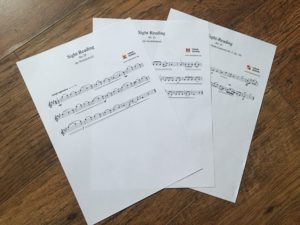 Sight-reading is an important skill that you should be developing regularly during your usual violin practice sessions. A good approach is to try at least one new piece of music every day (or every time you practise). If you have lots of time to practise (e.g. 2 or more hours per day), then of course you can do more than that!
Sight-reading is an important skill that you should be developing regularly during your usual violin practice sessions. A good approach is to try at least one new piece of music every day (or every time you practise). If you have lots of time to practise (e.g. 2 or more hours per day), then of course you can do more than that!
Sight-reading practice doesn't have to take long. You can just choose a very short piece of music to read. Try to get into the habit of playing something new 'at sight' as often as you can. If you're a member of ViolinSchool, you can start with our library of sight-reading exercises - if you have time, try a new one every day!
When it comes to developing the skill of sight-reading, consistency and regularity of practice is far more important than length or difficulty. If you practise sight-reading simple pieces a lot, then your sight-reading skills will improve, and you'll find it much easier when you eventually try to sight-read longer and more difficult music.
But if you start trying to sight-read repertoire that's too advanced for you, you will struggle to develop your skills correctly, and you may become demotivated. So be sure that you're not trying to tackle pieces that are too hard.
So you're in your practice room and you've chosen the piece or exercise that you want to use to develop your sight-reading skills.
But what do you do next?
Here's a useful method we've developed that will help you stay focused in your practice:
1) TRY IT!
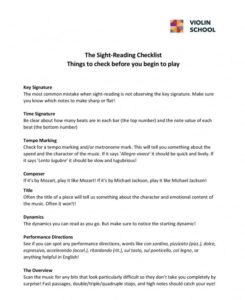 Glance over the whole piece that you're about to play, and make sure you consider everything on 'The Sight-Reading Checklist', so that you're clear about exactly what you need to do.
Glance over the whole piece that you're about to play, and make sure you consider everything on 'The Sight-Reading Checklist', so that you're clear about exactly what you need to do.
Then, try playing it through once - straight through from beginning to end. Don't stop, don't go back, just perform it as best you can.
2) PRACTISE IT!
Now it's time for a second look. Play through the piece again, but do it slowly, carefully, and fastidiously... this time, you can stop and practise any bits that need practising.
3) METRONOME IT!
Play it through again - this time with a metronome! One of THE most important things to consider when you're sight-reading something is the timing - particularly the pulse of the music and the rhythm of the notes.
Don't worry about making mistakes - it's usually much more important for the music to STAY IN TIME than it is to get every note 100% right.
This is especially the case if you are playing with other people; even if the notes aren't totally accurate it's still possible to keep playing together, but if one person gets the timings wrong then the whole piece will fall apart!
4) PERFORM IT!
Imagine you are giving a concert, and try to give the best performance you possibly can - make it confident, convincing, accurate, and musical. Remember, you're now practising performing as well as sight-reading... so whatever you do, don't stop! You can always go back and fix any mistakes afterwards.
**
Remember this list to help keep your sight-reading practice efficient and effective!
**
Always remember that sight-reading is a learnable skill, so the more you do it, the better you'll become. Sight-reading is a critical skill for succeeding in a group environment, so you'll also rapidly build up your confidence - which is especially useful if you're playing with other people.
By making time for sight-reading on a regular basis and ensuring that you are always practising in a clear, ordered way, you will also be improving your overall musicianship and performance skills, as well as your violin technique.
